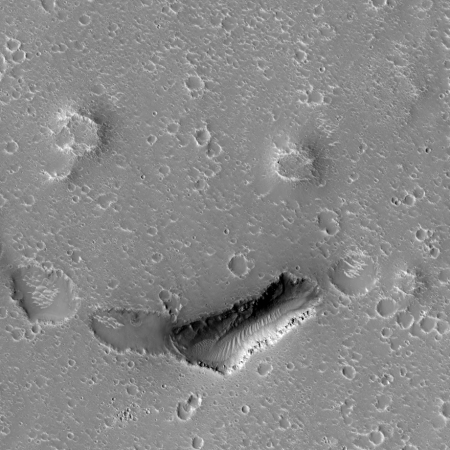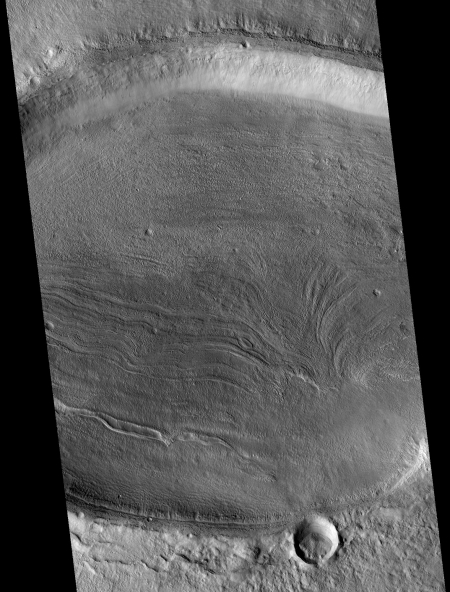Air Force forces delay in next Falcon Heavy launch
Because the Air Force wishes to do more testing and review of both its payload and the rocket, the second launch of SpaceX’s Falcon Heavy has been delayed several months.
The Falcon Heavy mission for the Air Force will be its first for a paying customer. STP-2 has a number of objectives, including demonstrating the new rocket’s capabilities and launching several satellites.
The launch had been set for June.
That the Air Force is on board Falcon Heavy now indicates that it wants to get this rocket certified for military launches as quickly as possible, thus giving it another heavy lift launch option besides the much more expensive Delta Heavy of ULA. This strategy is good for the Air Force, good for the taxpayer, and good for the launch industry. It will lower launch costs while encouraging competition.
Because the Air Force wishes to do more testing and review of both its payload and the rocket, the second launch of SpaceX’s Falcon Heavy has been delayed several months.
The Falcon Heavy mission for the Air Force will be its first for a paying customer. STP-2 has a number of objectives, including demonstrating the new rocket’s capabilities and launching several satellites.
The launch had been set for June.
That the Air Force is on board Falcon Heavy now indicates that it wants to get this rocket certified for military launches as quickly as possible, thus giving it another heavy lift launch option besides the much more expensive Delta Heavy of ULA. This strategy is good for the Air Force, good for the taxpayer, and good for the launch industry. It will lower launch costs while encouraging competition.


